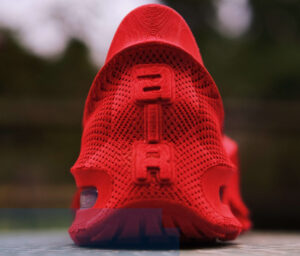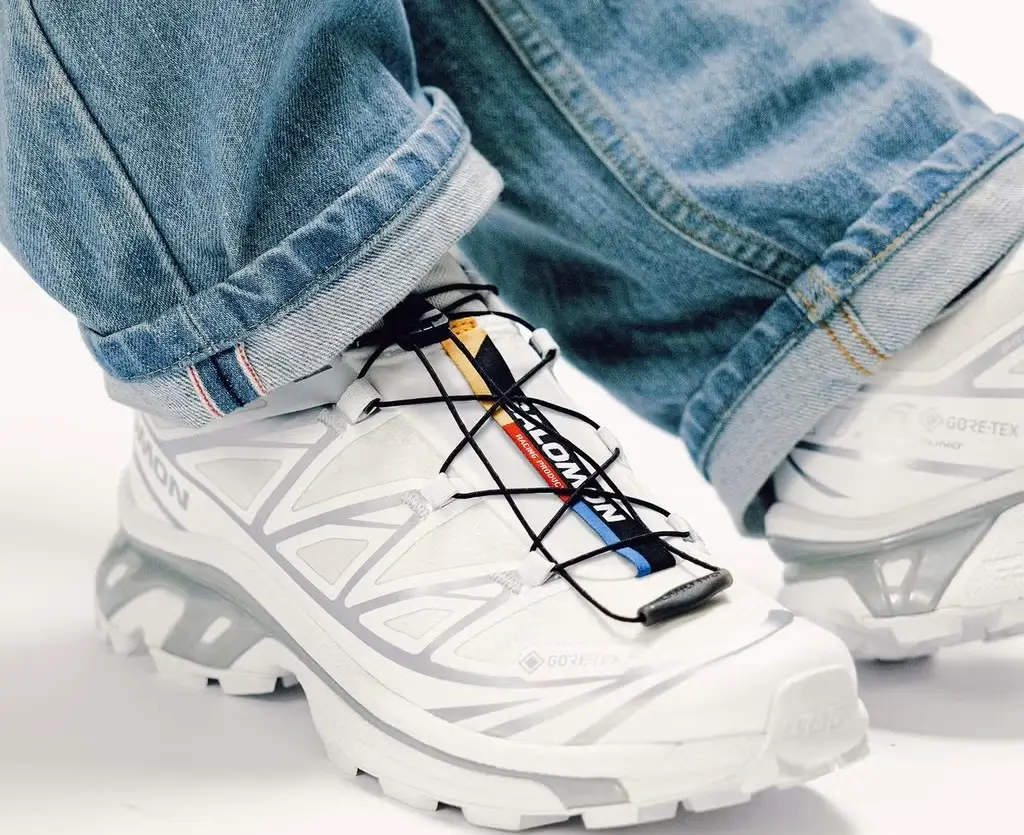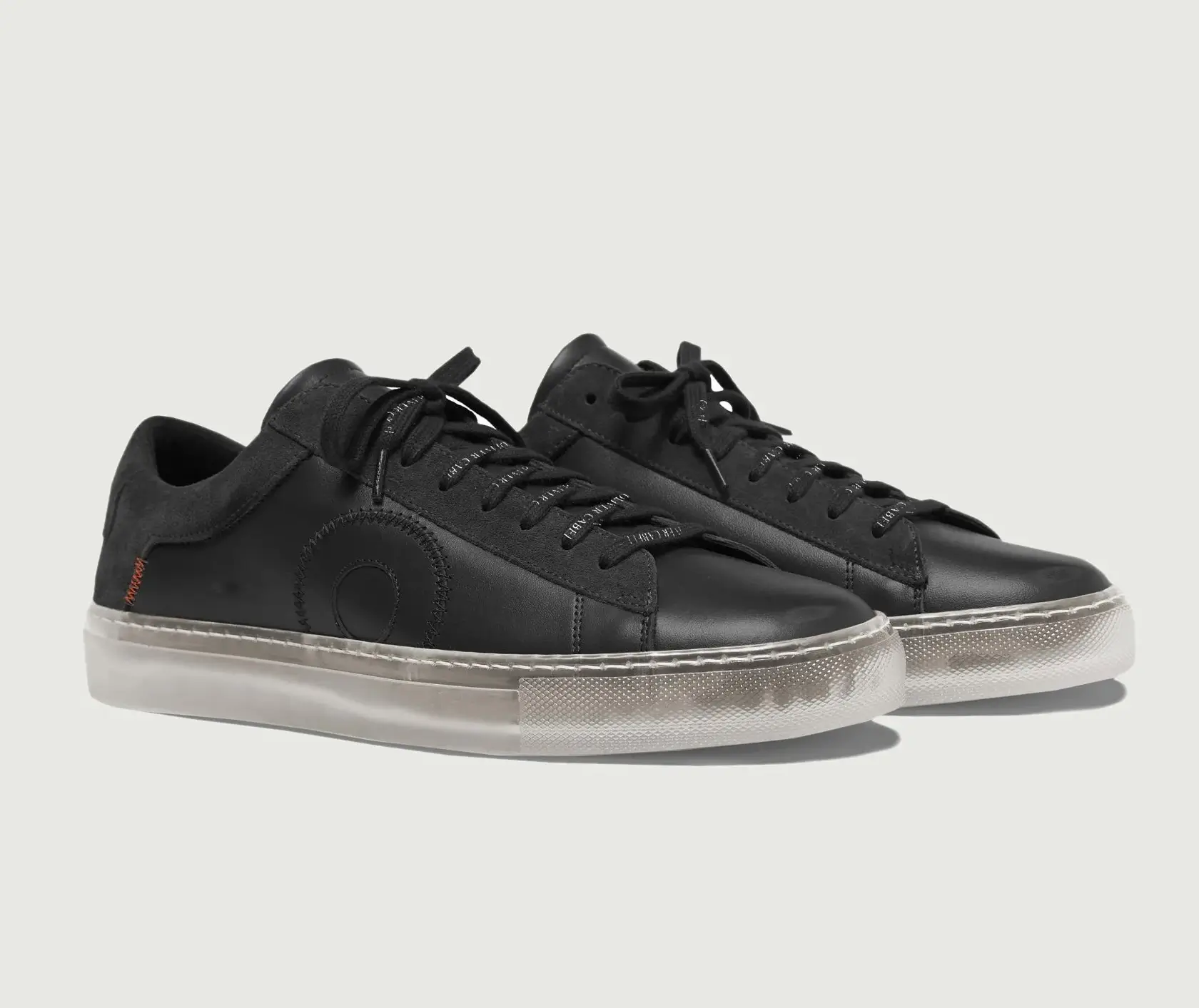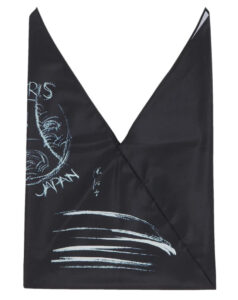It’s now May 2025, and we’re still asking the same question we asked five months ago: where is the Air Max 1000?
Back in November 2024, Nike unveiled a shoe that didn’t just promise to push boundaries—it threatened to redraw them entirely. The Air Max 1000, developed in connection with German 3D-printing disruptors Zellerfeld, was pitched as a technological and ecological breakthrough. A single-piece, fully 3D-printed sneaker, made without glues or stitching, assembled from a monomaterial base that could eventually be recycled, remolded, and reprinted. It wasn’t just a new Air Max. It was, symbolically at least, a new Nike.
And then, nothing.
The sneaker’s unveiling at ComplexCon generated a flurry of excitement and no small amount of confusion. A few pairs were handed out, a few influencers wore them publicly, and then came March 26—Air Max Day. Many expected that to be the moment of truth. Instead, the spotlight landed on the DN8, Nike’s latest performance-focused Air model, and the Air Max 1000 was quietly left out of the celebration. No official release date. No update. No statement. Just an increasingly conspicuous silence.
Now, deep into Q2 of 2025, that silence is being read less as strategy and more as a stall. And while Nike hasn’t canceled the AM1000—or even officially delayed it—the longer the void continues, the harder it becomes to distinguish innovation from indecision.
Zellerfeld’s Disruption, Nike’s Dilemma
To understand the weight of the Air Max 1000’s absence, you need to understand what it promised.
Zellerfeld is not your typical manufacturing partner. Based in Hamburg, the company has spent years perfecting a form of 3D-printing that can fabricate an entire shoe from a single material in one print session. No excess waste. No layering of synthetics. No factory lines humming with labor. Just digital files, robotic arms, and recyclable polymer.
It’s disruptive not just because it’s clean, but because it offers a path out of the wasteful production model that defines the footwear industry today. It eliminates overproduction, shortens the supply chain, and opens up localized printing possibilities. And while that may sound utopian, Zellerfeld has already proven the concept with capsule collections for KidSuper, Heron Preston, and Moncler.
But Nike is a different beast. Partnering with Zellerfeld meant asking the world’s largest athletic brand to entertain a new way of thinking—one not built on millions of units and quarterly forecasts, but on customization, sustainability, and digital iteration. The AM1000 wasn’t just a mixture. It was an ideological collision. And now, it seems, the dust is still settling.
The Challenges of Scaling a Revolution
Nike’s reticence likely comes down to a question of scale. Can Zellerfeld’s process meet the kind of volume Nike is used to? Probably not—at least not yet. While Zellerfeld announced a significant expansion to its manufacturing capabilities earlier this year, printing hundreds of thousands of pairs on-demand remains a very different challenge than executing a few thousand drops or design trials.
But maybe that’s not the point.
Nike doesn’t need to mass-produce the AM1000 to prove the concept. It just needs to launch it, even in a limited capacity. A regional pilot. A print-on-demand run. A sustainability lab program. Any public step toward activation would go a long way in proving the company’s commitment not just to hype, but to substance.
Instead, the continued delay is breeding suspicion. Was the Air Max 1000 ever intended for real release? Or was it a carefully timed bit of greenwashing, meant to counterbalance the PR fallout from Nike’s 2024 downsizing of its internal sustainability teams? In a climate where transparency is currency, Nike’s silence feels less like strategy and more like avoidance.
A Market Hungry for Change
Here’s the thing: consumers are ready. In 2025, sustainability isn’t a niche demand—it’s a cultural mandate. Gen Z and millennial buyers alike are more climate-conscious than ever, with growing skepticism toward companies that talk green but deliver gray.
Shoes, long at the epitome of global fashion cycles, are increasingly seen as the next frontier of environmental accountability. If Nike had followed through with the AM1000—even modestly—it could’ve owned that narrative. Instead, competitors like adidas and On Running have continued pushing their own experimental materials into market. From bio-based foams to closed-loop production schemes, the industry is moving—even if Nike isn’t leading this time.
And yet, the AM1000 still holds symbolic power. Even in its absence, it represents a version of Nike that once defined innovation not just in marketing, but in methodology. It hints at a future where you could walk into a flagship store, step into a scanner, and walk out an hour later with a pair of customized, locally printed sneakers. No shipping containers. No excess inventory. Just data, design, and immediacy.
That future hasn’t vanished. It’s just stuck in limbo.
The Role of Speculation
In lieu of information, speculation fills the void. Is the shoe failing durability tests? Are the printing materials too costly for commercial release? Is Nike reconsidering its partnership with Zellerfeld? Has the AM1000 been quietly shelved in favor of less risky launches?
There are no answers. Just Instagram rumors, resale listings of prototype pairs, and sneaker blogs increasingly disillusioned with the lack of clarity.
But here’s what we do know: the longer Nike waits, the less control it has over the narrative. And in an era where transparency, accountability, and authenticity matter more than ever, that’s a dangerous game to play.
What Needs to Happen Next
If Nike wants to regain control of the conversation—and reclaim its place as a genuine innovator—it needs to take decisive action.
Not a teaser. Not another “coming soon” deck slide at ComplexCon. But a real, time-stamped release strategy. Even a small run would do more than any marketing campaign ever could.
Partner with Zellerfeld on a region-specific rollout. Set up trial printing stations in major cities. Offer AM1000s as part of a sustainability loyalty program. Whatever the format, it’s time to move from “what if” to “what now.”
Because the Air Max 1000 is too important to be a ghost story.
Nike’s relationship with innovation has always been cyclical. Breakthroughs are often followed by conservatism, then by reinvention. But the AM1000 deserves better than to be shelved as an idea that arrived too early or too boldly. It represents what the industry should become: cleaner, smarter, smaller, more efficient.
In May 2025, the AM1000 still matters—not just as a product, but as a principle. It challenges what’s normal in footwear production. It invites Nike to evolve beyond the mythology of the Air bubble and into a more responsible era of design.
But the clock is ticking. The longer it stays out of reach, the more it risks becoming a relic of unrealized potential—proof not of what Nike can do, but what it chose not to.
And that would be a far greater loss than a delayed drop.
No comments yet.









